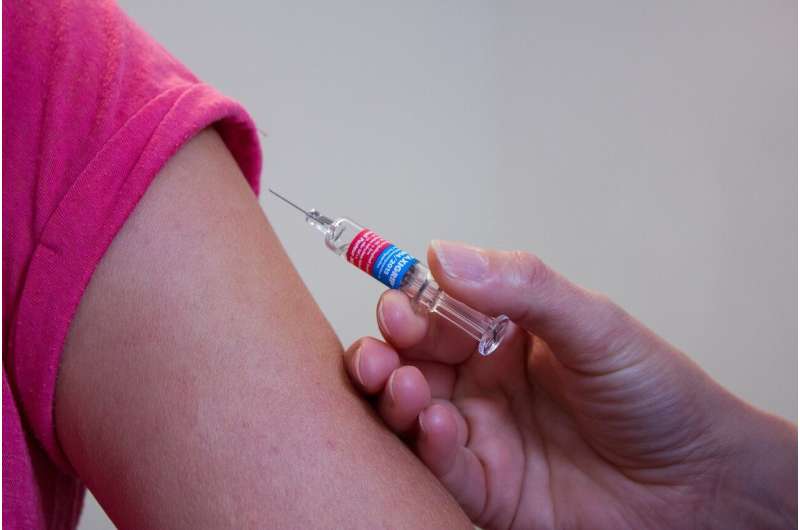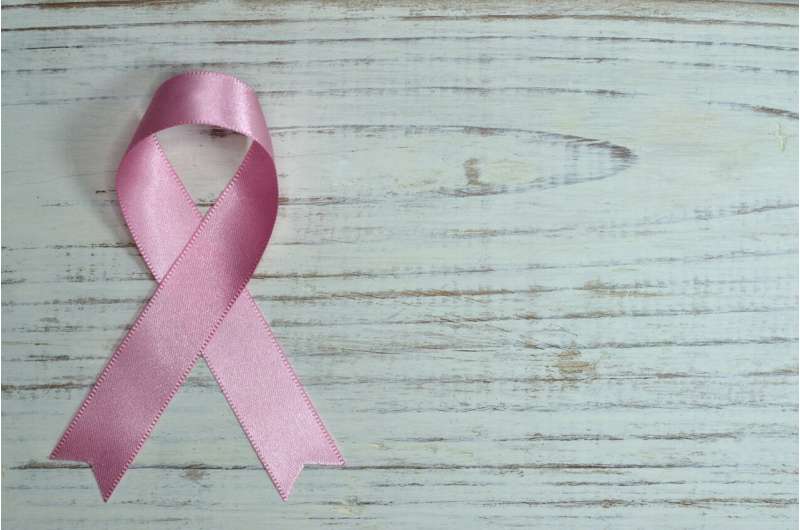Despite Relaxed Regulations, Access to Opioid Addiction Treatments Remains Limited in Pharmacies

Despite policy efforts to improve access, many U.S. pharmacies still do not carry buprenorphine, highlighting ongoing disparities, especially in minority and rural communities.
Recent policy changes aimed at improving access to opioid addiction treatments, specifically buprenorphine, have not resulted in widespread availability at retail pharmacies across the United States. Although federal efforts in 2023 eliminated the requirement for doctors to obtain an X-waiver—an additional certification to prescribe buprenorphine—the number of pharmacies stocking this medication has increased only modestly. In 2023, buprenorphine was available at approximately 39% of retail pharmacies, a slight rise from 33% in 2017, according to research published in Health Affairs.
Disparities in access persist, with pharmacies in predominantly Black (18%) and Latino (17%) neighborhoods significantly less likely to stock buprenorphine compared to those in white neighborhoods (46%). Independent pharmacies serving minority communities are less likely to carry the medication and tend to stop stocking it more frequently over time. Conversely, pharmacies located in rural counties and areas with high overdose death rates are somewhat more likely to carry buprenorphine, yet still, less than a quarter of pharmacies in many of these high-need counties stock the medication.
Despite improvements, barriers remain. Pharmacies often hesitate to dispense buprenorphine due to fears of regulatory scrutiny from agencies like the DEA or due to strict control laws that limit pharmacy stock and dispensing. Supply chain issues, including shipment delays to pharmacies, are also common, further restricting access.
Experts emphasize that easing restrictions on prescribing and dispensing buprenorphine is crucial. States that have relaxed drug monitoring programs and reduced oversight tend to have better access. Policymakers are urged to implement measures requiring pharmacies to stock buprenorphine, similar to initiatives for naloxone and emergency contraception, thus strengthening treatment availability, especially in vulnerable communities.
Research also highlights significant geographic disparities. States with less restrictive prescribing policies demonstrated higher availability, while some states experienced declines in stocking buprenorphine. Limited access is particularly severe in minority neighborhoods and rural areas, where many pharmacies do not carry or cease to stock the medication over time.
Addressing these issues is vital, as disparities in access to effective opioid use disorder treatments can exacerbate the ongoing opioid crisis. Reducing regulatory hurdles and encouraging equitable distribution of buprenorphine are essential steps toward improving recovery outcomes for all communities.
Source: https://medicalxpress.com/news/2025-09-opioid-addiction-treatment-hard-pharmacies.html
Stay Updated with Mia's Feed
Get the latest health & wellness insights delivered straight to your inbox.
Related Articles
Public Support for Childhood Vaccination Requirements Grows Amid Measles Outbreak
Amid a significant measles outbreak, a new survey reveals that 79% of Americans support mandatory childhood vaccinations, emphasizing public commitment to disease prevention and community health.
New Study Indicates Prediabetes Can Be Reversed Without Weight Loss
A groundbreaking study shows that prediabetes can go into remission without weight loss, focusing on fat redistribution and hormonal health strategies that improve blood sugar levels and reduce diabetes risk.
Breakthrough in Genome Editing: Correcting Rare Brain Mutations in Mice for Potential Neurological Treatments
Recent advances in genome editing have demonstrated the ability to correct rare brain mutations in mice, offering promising prospects for treating neurological diseases through targeted gene therapy.
Exploring the Connection Between Fatigue and Breast Cancer Recurrence
Emerging research indicates a measurable link between fatigue and inflammation in breast cancer survivors, shedding light on new approaches for personalized fatigue management to reduce recurrence risk.



